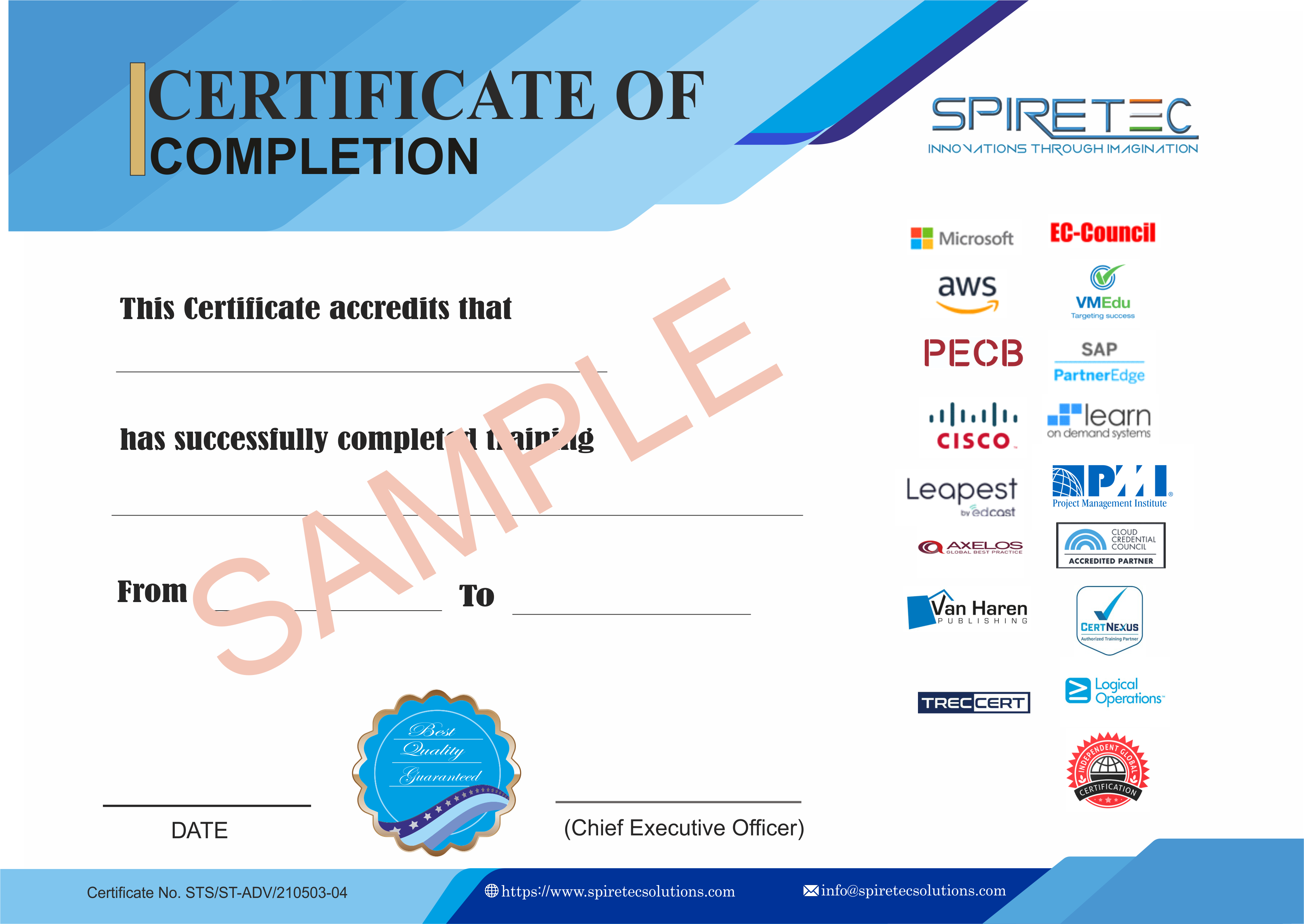The AD183 Red Hat Application Development I: Programming in Java EE course is a comprehensive program designed to equip learners with the skills to build and maintain enterprise Java applications using Java Platform, Enterprise Edition (Java EE). Throughout the course, participants will transition from standard Java SE applications to multi-tiered Java EE applications, learning to package and deploy these applications to an application server. They will delve into creating Enterprise Java Beans (EJBs), manage persistence and entity relationships, and develop RESTful services with JAX-RS. By implementing Contexts and Dependency Injection (CDI) and creating messaging applications with Java Message Service (JMS), learners will enhance their application's functionality and maintainability. The course also covers securing Java EE applications using Java Authentication and Authorization Service (JAAS). The capstone of AD183 involves a comprehensive review, where participants demonstrate their acquired skills. This course is a valuable investment for developers seeking expertise in the robust Java EE platform, ensuring they are well-prepared to contribute to enterprise-level projects.
Course Prerequisites
To ensure a successful learning experience in the AD183 Red Hat Application Development I: Programming in Java EE course, the following are the minimum required prerequisites:
-
Basic understanding of Java Standard Edition (Java SE), including familiarity with object-oriented programming principles.
-
Basic knowledge of Java syntax and concepts such as loops, conditions, classes, and inheritance.
-
Experience with Integrated Development Environments (IDEs) like Eclipse, IntelliJ IDEA, or similar.
-
Understanding of the basics of relational databases and SQL.
-
Familiarity with HTML, CSS, and JavaScript is helpful, but not mandatory.
-
No prior knowledge of Java Enterprise Edition (Java EE) is required.
These prerequisites aim to provide a solid foundation for engaging with the course content effectively. Students with this background are more likely to grasp the advanced concepts presented in the course.
Target Audience
AD183 Red Hat Application Development I: Programming in Java EE is tailored for developers who aim to master Java EE for enterprise applications:
-
Java Developers seeking to transition to Java EE
-
Software Engineers focusing on enterprise-level application development
-
Systems Architects designing multi-tiered Java applications
-
Enterprise Application Developers implementing business logic and backend services
-
DevOps Professionals looking to understand the deployment and packaging of Java EE applications
-
Back-End Developers aiming to create robust Java server applications
-
IT Professionals focusing on Java application security
-
Middleware Programmers specializing in Java messaging services
-
Technical Leads overseeing Java EE application development projects
-
Software Designers interested in Contexts and Dependency Injection (CDI) for Java applications
-
Application Developers working with RESTful web services
Course Outline
Transition to Multi-Tiered Applications
Describe Java EE features and distinguish between Java EE and Java SE applications.
Package and Deploying Applications to an Application Server
Describe the architecture of a Java EE application server, package an application, and deploy the application to an EAP server.
Create Enterprise Java Beans
Develop Enterprise Java Beans, including message-driven beans.
Manage Persistence
Create persistence entities with validations.
Manage Entity Relationships
Define and manage JPA entity relationships.
Create REST Services
Create REST APIs using the JAX-RS specification.
Implement Contexts and Dependency Injection
Describe typical use cases for using CDI and successfully implement it in an application.
Create Messaging Applications with JMS
Create messaging clients that send and receive messages using the JMS API.
Secure Java EE Applications
Use JAAS to secure a Java EE application.
Comprehensive Review of Red Hat JBoss Development I: Java EE
Demonstrate proficiency of the knowledge and skills obtained during the course.







 Live Online Training (Duration : 40 Hours)
Live Online Training (Duration : 40 Hours)
